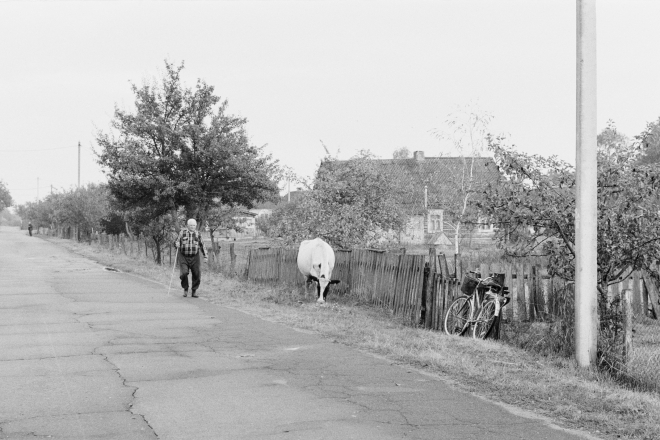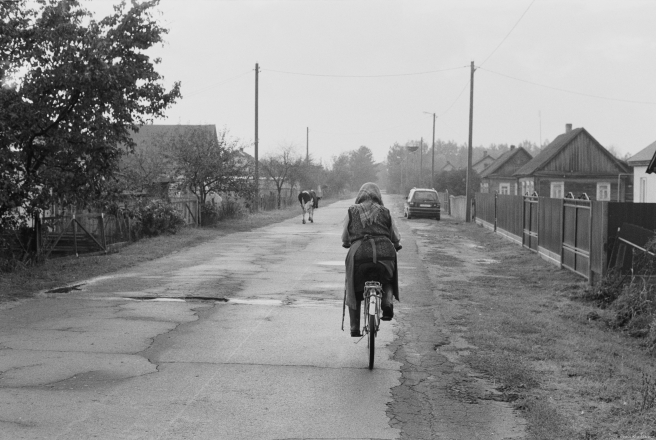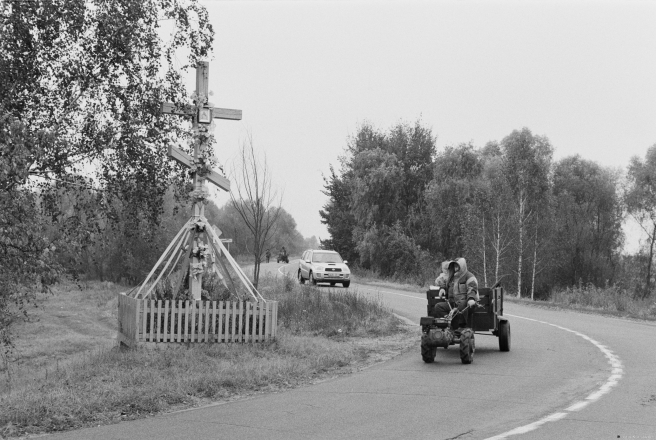Family farming in Polesia (Pripet Marshes). Tsjerablichy 2019.
A reporter for one of Belarus’ rural-oriented newspapers once condescendingly asked me, “What do you think of our peasants?” I responded that I think of Belarusian villagers as family farmers rather than “peasants”.
Recalling that exchange, I would ask here why anyone accepts collectives (kalkhozy) as a natural, worthy way to work the land. Yes, some employees of collectives work hard and soberly, and work hard and soberly for decades despite being poorly paid as wage slaves of the State. However, why would one think collectives are farms rather than harshly-managed open-air factories under control of the centralized State, not accountable locally? Why would one consider to be farming that which aims to maximize short-term output with wasteful and ruinous practices instead of embracing long-term stewardship of the soil and livestock? Why would one call farming an activity which is kept on life support only by continuous transfusions from the State budget?
In contrast, in the faithful stewardship of their garden plots from generation to generation; in their toil on the small allotments the local kalkhoz management arbitrarily and temporarily assigns; in the care they devote to animal husbandry; in their never-ending labor to maintain proper barnyard order; in their skill with their hands, inventiveness and canny common sense; in their commitment to family, roots and cultural traditions; and in their humility before God, Belarusians in villages are as much farmers as any American farmer.
There is only one fundamental difference. And that fundamental difference is neither the difference in scale nor the relative lack of sophisticated mechanization among Belarusian family farmers. The difference is the Belarusian authorities’ continuing prohibition of the private ownership of agricultural land.
Сямейнае фермерства на Палесьсі. Цераблічы 2019 г.
Tradition: when the cows come home. Tsjerablichy 2019.
Keeping a family cow has long been an important part of farming life in Belarusian villages. However, Tsjerablichy is subject to the same generational changes and urban migration as elsewhere in Belarus. Thus the village has not escaped the steady decline in the number of privately-owned cows that one witnesses in other regions: whereas there were once as many as 400 privately-owned cows in Tsjerablichy, there are now only about 30.
Традыцыя: каровы дадому. Цераблічы 2019 г.
Mechanization: a motorized carrier and late-model SUV in front of a now more rarely seen horse and cart. Tsjerablichy 2019.
Механізацыя: матаблёк і новы кампактны кросовер перад ужо радчэй бачным возам. Цераблічы 2019 г.




